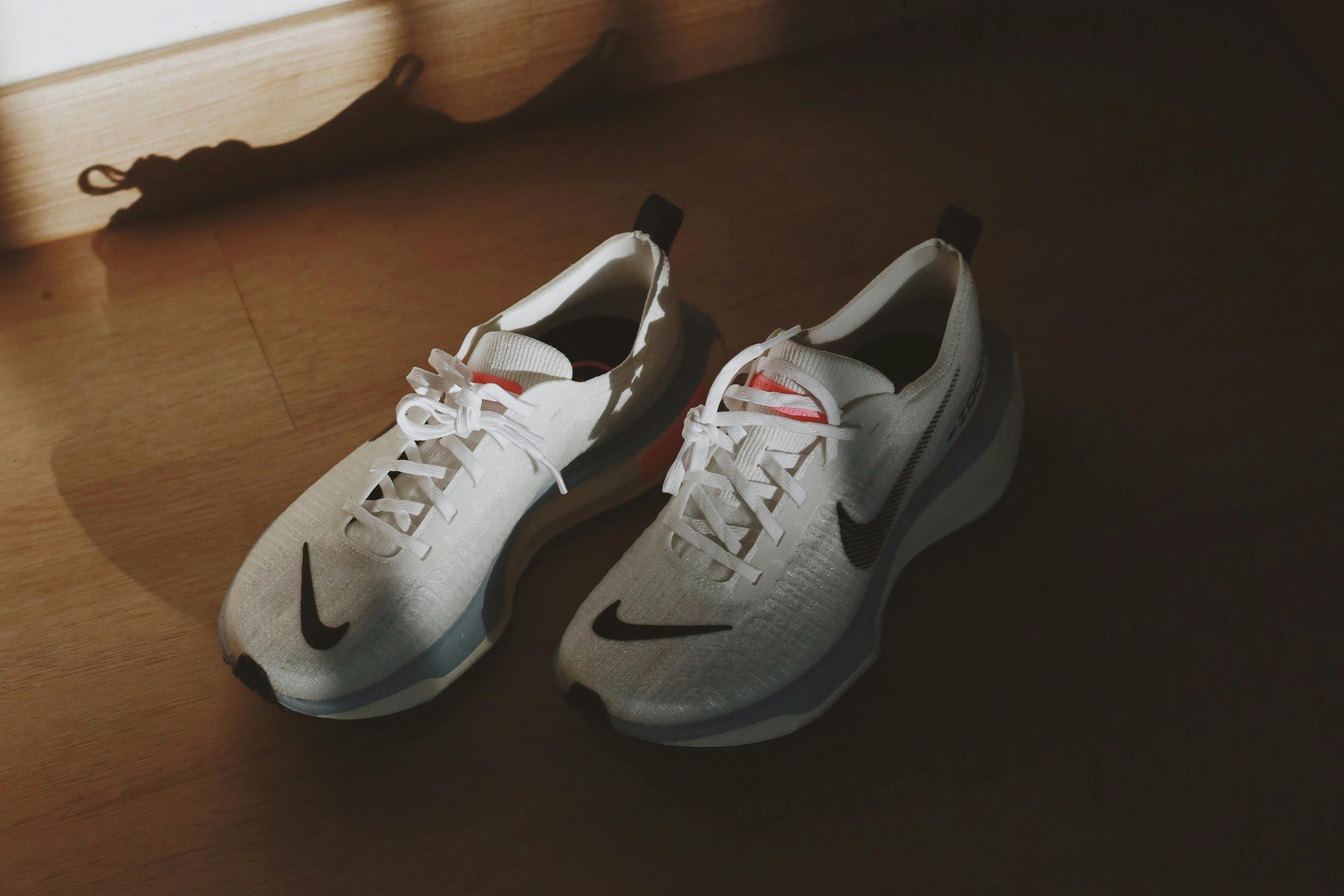Suppose you just started training for a marathon. You’ve never done anything like this before, but you’re hoping that seeing improvements in your fitness levels will motivate you to be a more active and healthier person. The marathon is a year away, and you have plenty of time to reach your desired condition. Of course, that also means you could lose steam between now and then – especially if you don’t feel like you’re getting better. So, measuring your progress seems critical. What’s the best way to go about doing that?
Running is just one of many contexts where the way you gauge progress matters. Other examples could be tracking how much money you’re saving for a much-needed vacation; how many pages of a paper, book or script you’ve written; or how much ground your team is covering on an important project at work. In these and other cases, underestimating or overestimating the pace of change can cause you trouble: misjudge how quickly you’re actually saving money, for example, and your dream vacation will stay a dream, perhaps indefinitely.
Sometimes, an accurate perception of change is essential. And in some contexts, just the feeling that change is happening quickly (or slowly) is important. If you don’t see satisfactory improvements in your running times, your spirits may start to dwindle. In fact, studies show a link between how fast or slow a person feels they’re progressing towards a goal and their motivation to continue.
In any case, a key question is how closely you should be watching your running times, your savings, etc – that is, how frequently you should monitor progress. If you want to make an accurate judgment of how progress is going, it seems intuitive that frequent monitoring would help. On the other hand, popular wisdom suggests that watching too intently can distort your sense of how quickly or slowly something is proceeding: as the saying goes: ‘A watched pot never boils.’
My collaborators and I wanted to find out how the frequency of monitoring actually affects perceptions of change. In a recent study, we placed people in a managerial role at an imagined factory, where they tracked how many items some employees produced over a certain period. One employee was monitored daily, while another was monitored only every few days. Crucially, both employees produced items at the same rate. This means that the frequently monitored employee had less to show each time they were checked on, since less time had passed. At the end of the simulation, we measured the study participants’ impressions of each employee. As we suspected, our participants believed that the more-frequently monitored employee had been less productive, and they predicted that this employee would produce less than their co-worker over the following two days.
We call this the monitoring frequency effect: as the frequency of monitoring goes up, the perceived rate of change goes down. The factory scenario may seem somewhat artificial by itself. Still, we found the same results when people were tracking the daily spread of a contagious disease in different cities, annual CO2 emissions in different countries, weekly operating profits from investment opportunities, and even something as simple as a boy’s growth over the span of a couple of years. In all cases, change seemed slower when it was checked on more frequently.
People were willing to bet on it that less was changing when something was monitored more frequently
Why might that be? Although monitoring change infrequently means that there’s more new change to see each time you check in, our study participants still experienced the passage of time, and they understood that what they saw at each check-in reflected how much had changed since the last time they checked.
One possibility, of course, is that our participants were distracted or not sufficiently motivated. To test this, we offered people the possibility of a bonus payment if they could accurately track the rate of change in both the rarely and the frequently monitored targets. Researchers in psychology and economics call this ‘incentive compatibility’: participants are encouraged to be motivated and to disclose their true judgments. The results were clear – it didn’t make a difference. Not only did people believe less was changing when something was monitored more frequently, they were also willing to bet on it.
The fact that our results persisted even when people were motivated to be accurate suggests that this effect is not easily avoidable. However, it still does not explain why people perceive change as slower when they monitor it more frequently – why the watched pot might seem so slow to boil.
At the end of one study, we asked people to recall how often they had monitored each employee, as well as each employee’s progress at each check-in. The effect did not seem to be caused by people misremembering how much time passed in between check-ins. Instead, it seems that people weren’t making use of all the information that they did remember.
This actually aligns with the findings of some decades-old research: people tend to disproportionately focus on the most salient features of something when they make judgments about it, while neglecting less conspicuous features. This can look like, for example, people preferring a gamble with odds of 9/100 over one whose odds are 1/10, because they focus on the number of favourable results (9 vs 1) and neglect the total number of possible outcomes. In the case of tracking progress, the amount of change that people can see every time they check is highly salient – after all, that’s exactly what people look for – whereas the period that the change corresponds to is merely background information. So, if you’re monitoring a writing project, writing 30 pages per month might seem like better progress than setting a pace of 10 pages per week, even though the latter is actually more productive.
Unfortunately, this can make people feel discouraged since the goal appears less attainable
The consequences could be insidious when combined with the sorts of motivations that drive people to monitor more or less frequently. Consider the case of a manager who hears that a new employee is lazy and tends to slack off. This manager might decide that such an employee needs to be watched closely, to make sure the employee’s productivity is up to par. If the manager does not mentally correct for the (little) time that is passing between check-ins, then the minimal changes that they observe will serve only to confirm the suspicion that the employee is unproductive.
Or consider the marathon-training runner or someone working toward another goal. As things become more important to us, we tend to want to check in on them more often – which, as we’ve learned, only makes them seem as though they change more slowly. Unfortunately, this can make people feel discouraged since the goal appears less attainable, which in turn might lead people to aim lower, or to just give up on their goal altogether.
All that being said, the situation is not hopeless. When we presented people with information about CO2 emissions across the years in a single table, where both the emissions and the periods they corresponded to were fully outlined, the monitoring frequency effect was much smaller. In cases where accuracy is important (for example when monitoring multiple targets: employees, investments), getting a bird’s-eye view instead of making comparisons on a moment-by-moment basis seems to help. It’s likely that doing the actual mathematics – calculating the ratio of change per unit of time for the different targets – will improve it further.
More interesting are the cases where the perceived speed of change matters more than how accurate that perception is. Whether seeing improvements (savings gained, weight lost, running times trimmed) is what keeps you going, or you just want to avoid being overwhelmed by too many updates, you can use what we’ve learned by strategically adapting your monitoring approach. If your motivation wavers as you pursue your goal, despite your continued progress, then monitoring yourself less frequently might make your gains seem more impressive and encouraging. In short, being slower to check your progress could help you appreciate how quickly you’re progressing.








